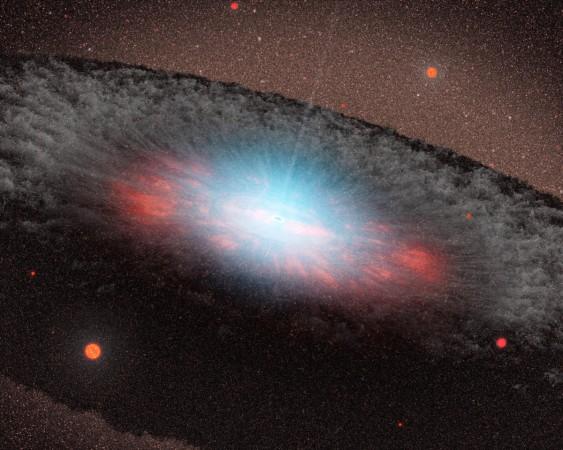
China will soon come up with a new space telescope, which will try to solve many mysteries of the universe, including finding many black holes and neutron stars that are through to be hidden in our Milky Way galaxy. The Hard X-ray Modulation Telescope (HXMT), which is claimed to be China's first X-ray space telescope, is expected to yield better results than many of the existing satellites from other countries.
"Our space telescope has unique capabilities to observe high-energy celestial bodies such as black holes and neutron stars. We hope to use it to resolve mysteries such as the evolution of black holes and the strong magnetic fields of neutron stars," Zhang Shuangnan, lead scientist of HXMT and director of the Key Laboratory of Particle Astrophysics at the Chinese Academy of Sciences (CAS), told Xinhua.
Zhang also said that the new space telescope will help astronomers discover new activities of black holes and study neutron stars under extreme gravity and density conditions. He also expected HXMT to contribute towards the better understanding of physical laws under extreme magnetic fields.
Compared to other X-ray astronomical satellites, HXMT has significantly improved features like a larger detection area, broader energy range and a wider field of view, making it easier for the telescope to observe black holes and neutron stars emitting bright X-rays, according to Zhang.
Although he didn't name any existing rival of HXMT, the Chinese space telescope will complement other X-ray satellites like NASA's Chandra observatory, which was launched in 1999.
Unlike Chandra, which operates in the "soft X-ray" range of 80 electronvolt (eV) to 10 kiloelectronvolts (keV), the HXMT will perform its survey on high-energy X-rays with energies between 1 to 250 keV. This capability will enable the new space telescope to perform many observation tasks that previously required several satellites.
"There are so many black holes and neutron stars in the universe, but we don't have a thorough understanding of any of them. So we need new satellites to observe more," Zhang said.
While the HXMT is expected to compete against NASA's Chandra observatory, the federal space agency's iconic Hubble Space Telescope is also likely to be challenged by the upcoming European Extremely Large Telescope (E-ELT).
The E-ELT, which is getting into shape in Chile, will be the world's largest optical telescope with an ability to provide images 16 times sharper than the ones captured by the Hubble.

















